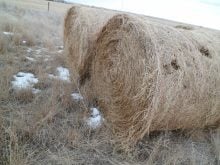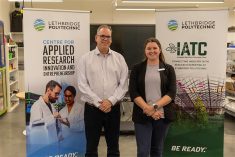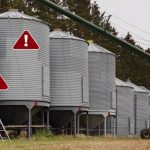VICTORIA – Prevention can cure a lot of food safety headaches in processing plants, says meat researcher Colin Gill.“Prevention is better than decontamination,” the Agriculture Canada researcher told the recent Canadian Meat Council annual meeting in Victoria.“It is a great pity there hasn’t been more research on prevention rather than the decontamination aspects.”Gill said treating carcasses and meat products to get rid of harmful pathogens such as E. coli 0157:H7, listeria monocytogenes and salmonella receives more attention because it is often easier to research.He said slaughter plants bear most of the responsibility for getting rid of the bacteria.“In the end, the packing plant is going to have to control the organism in the plant,” Gill said.“It can’t dictate what the producer does and you cannot eliminate it from the animals completely.”Studies show the incidence of E. coli contamination has declined since 2004, but improved testing found that the bacteria are on the upswing.Gill said extra testing does not improve overall food safety. Some food may test negative before leaving the plant but may still carry harmful germs.“We know that end product testing is not going to do anything to improve the safety of the product,” he said.More testing does prompt plants to implement more interventions.As well, legal requirements for all federal plants to put in place hazard analysis critical control points plans have improved control of E. coli.The U.S. Department of Agriculture recently released proposed requirements for plants to validate their HACCP systems.The proposal includes two stages of validation: scientific support to control contamination in the process and direct validation of the individual system.Gill said some plants control contamination by washing carcasses to remove pathogens, but in some cases it is overkill.Some plants wash hides with hot water followed by acid solutions to eliminate E. coli, but studies show hot water alone reduces bacteria with reasonable results. Acid has little effect, Gill said.Plants also wash skinned carcasses with hot water or steam.However, Gill said half the carcass is likely sent for grinding and bacteria still present on the surface will be spread throughout the product during that process.“I would suggest if the situation is going to be advanced, the packing industry does have to look at the recontamination of meat during carcass breaking processes and carcass grinding processes,” he said.Pasteurization and irradiation works but more information is needed, he said.
Read Also

Rich life took him from sky to ground
World War II veteran Burns Wood shares some memories of his time on the Alberta Sugar Beet Growers board as the organization celebrates its 100th anniversary in 2025.















